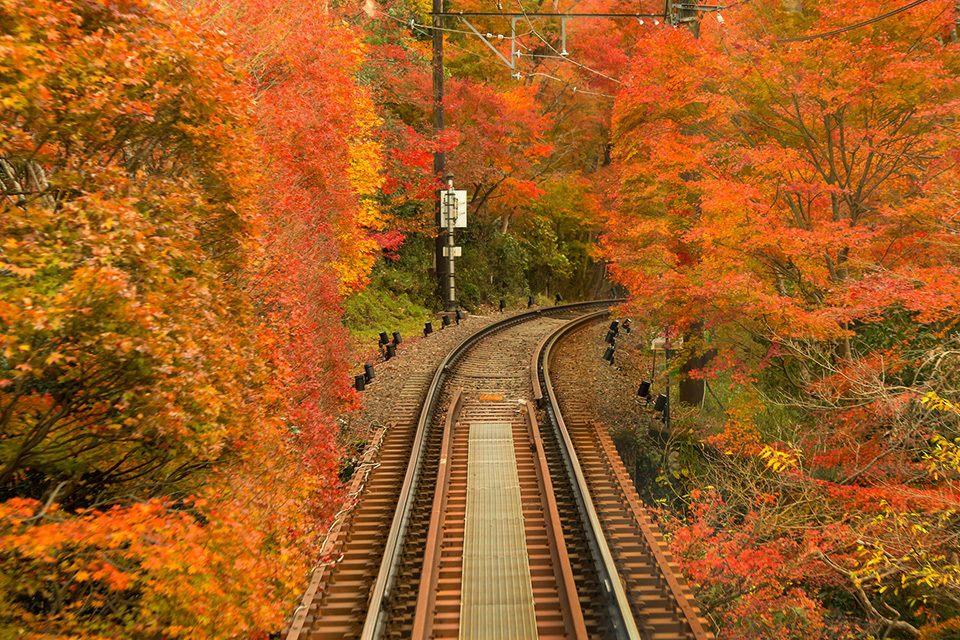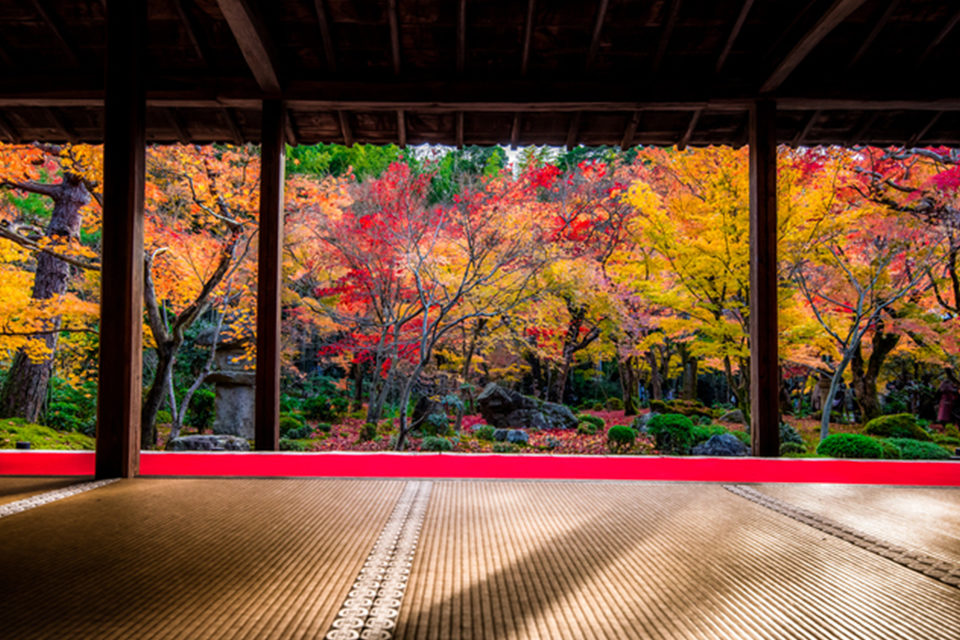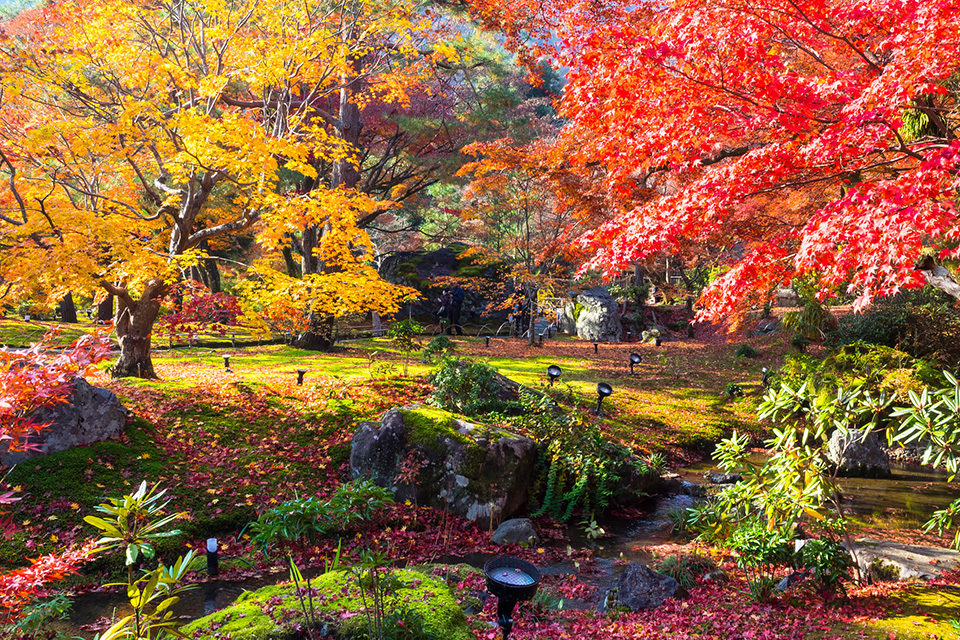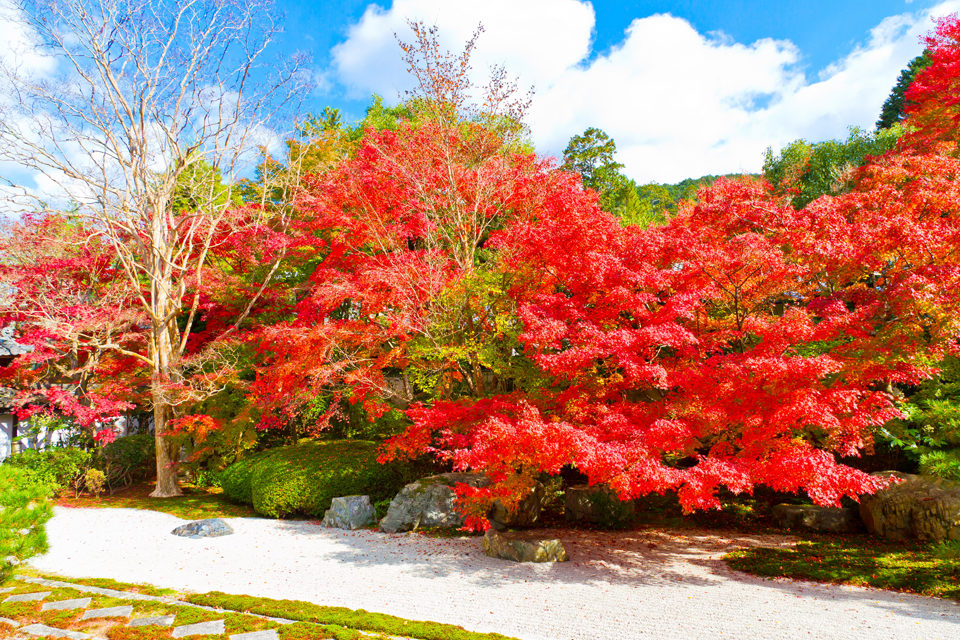- 2018年9月13日
A must for the fall foliage visiting list every year- Red leaves at Eikan-do
The proper name of Eikan-do is Zenrin-ji Temple. In Heian period 853AD, it was built by the disciple of Kobo-Daishi, Shinshou. The former of Zenrin-ji was the villa of nobleman Fujiwara No Sekai. In the waka (Japanese poem) collection“Kokin Wakashu”, it mentioned Fujiwara No Sekai had praised for the red leaves sceneries here by waka. After then, “Autumn Maple at Eikan-do”turned to be another name of here. Here becomes the place for maple for long time ago.There are about 3000 tress in Eikan-do, like maples, acer palmatum, common smoke tree etc. Specially introduce the sceneries from Hojo-ike pond (releasing life pool) to Pagoda at the side of the mountain. Not only autumn colors can be seen around Hojo-ike pond, also the reflections of the fall […]
![caedeKyoto[カエデ京都] 紅葉と伝統美を引き継ぐバッグ](https://caede-kyoto.com/wp/wp-content/uploads/2024/07/メインロゴ.png)








